Jeoji Oreum (Dakmol Oreum, Sae Oreum) (저지오름(닥몰오름,새오름))
12.7Km 2020-02-26
Jungsanganseo-ro, Jeju-si, Jeju-do
Jeoji Oreum is situated in Jeoji-ri, Hangyeong-myeon in Jeju-si. This parasitic cone rises 239 meters above sea level, is 100 meters high, and has a crater with a circumference of 800 meters and 62 meters deep. The crater is round and in the shape of a funnel.
It is said that Jeoji Oreum is as old as Jeoji Village. It is also called Dakmoru or Sae Oreum. Nearby, there are Gamaechang Oreum and Heoritdang, showing
just how long the history of Jeoji Village is. In the past, people harvested wild weeds from Jeoji Oreum to cover their thatched-roof houses. Over time, trees were planted and today, Jeoji Oreum is covered with a dense forest. The area has been designated a "Forest of Life" since June 2005.
Noeul Eondeok (몰질식육식당)
13.0Km 2021-03-24
598, Ieodo-ro, Seogwipo-si, Jeju-do
+82-64-739-1542
A restaurant frequently featured in Korean gourmet programs. This restaurant's signature menu is spicy seafood noodle soup with pork. This Korean dishes restaurant is located in Seogwipo-si, Jeju-do.
Geum Parasitic Cone (금오름)
13.0Km 2024-11-14
Geumakbuk-ro, Hallim-eup, Jeju-si, Jeju-do
+82-64-740-6000
Geum Parasitic Cone is one of the most famous parasitic cones in the western mountainous region of Jeju. It is a satellite volcanic edifice that has a large circular crater (52 meters deep) and a crater at the summit, and the two peaks in the south and the north are connected by a low slope from east to west. The crater at the summit once held an abundant volume of water but it is now empty. The name Geum Parasitic Cone is speculated to have derived from an archaic word "Gom," which means "god." Therefore, it can be interpreted that this parasitic cone has been deified since the ancient times. Pines, cedars, briers, bo trees and Oriental photinia can be found near the circular crater and the lake area.
Dosun Dawon Tea Plantation (도순다원)
13.6Km 2019-09-11
152-41, Jungsanganseo-ro 356beon-gil, Seogwipo-si, Jeju-do
+82-64-739-0419
Dosun Dawon Tea Plantation is Korea's first tea plantation to build and operate a modern tea-manufacturing factory. The plantation is an eco-tourism destination that aims to contribute in reducing carbon dioxide and improve the local economy through green tea production. Despite the large field that covers an area of approx. 264,400 ㎡, Dosun Dawon Tea Plantation is not very well known among tourists. However, the plantation is frequented by photographers who visit to take snapshots of the vast field against the backdrop of Hallasan Mountain or Jeju's beautiful ocean.
Seogwipo Kensington Resort (켄싱턴리조트 서귀포)
13.7Km 2025-03-16
684 Ieodo-ro, Seogwipo-si, Jeju-do
+82-64-739-9001
Kensington Resort is located in the pine forest zone of Jeju Island. The resort was built to blend in with the beautiful natural surroundings.
On the coast of Seogwipo, Kensington Resort sits along Gangjeongcheon Stream, Jeju's one and only freshwater stream. The resort is in a peaceful, picturesque location within the beautiful nature of Jeju Island.
Seogwipo Recreational Forest (서귀포자연휴양림)
13.8Km 2020-08-13
882, 1100-ro, Seogwipo-si, Jeju-do
+82-64-738-4544
Seogwipo Recreational Forest is Korea’s southernmost recreational park that serves as an excellent nature getaway by preserving the mountain’s forest environment and ecosystem while minimalizing manmade structures as much as possible. The park is located approximately 700 meters above sea level, and is 10 °C lower in average temperature compared to that of Seogwipo’s downtown, providing the ideal condition to enjoy forest bathing and camping from spring to fall. The park is easily accessible by car, thanks to the paved road from the mountain’s foothills all the way up to the park’s entrance. It takes about 30 minutes by car from Seogwipo’s downtown to the recreational park. The park is densely packed with trees and the air is filled with the refreshing forest scent, and even has a pebble walking trail suitable for a barefoot massage. The forest is equipped with amenities such as a mountain cottage, forest bathing site, campfire site, cooking area, and auto-camping site. Although the amenities serve to provide visitors’ convenience, they are minimized so as to prevent damage to the forest’s natural environment.
Saebyeol Oreum Volcanic Cone (새별오름)
14.2Km 2025-08-19
San 59-8 Bongseong-ri, Aewol-eup, Jeju-si, Jeju-do
+82-64-740-6000
Located in Bongseong-ri, Aewol-eup, Jeju-si, Saebyeol Oreum Volcanic Cone is a parasitic volcano cone set alone that looks like a lonely star (Saetbyeol in Korean) in the night sky, giving this volcano cone its name. Based on the highest south peak, small peaks continue in the northwest direction, forming an oval-shape. The oreum is a mid-sized oreum among 360 oreums on Jeju Island and it features a stunning view from the peak of the beautiful ridges connecting to one another.
Jeju Fire Festival (제주들불축제)
14.2Km 2025-03-05
San 59-8 Bongseong-ri, Jeju-si, Jeju-do
+82-64-728-2753
Jeju Fire Festival is a representative cultural festival related to Jeju's culture of livestock care. Held every March at Saebyeoloreum Volcanic Cone, the night sky lights up with fiery red. The festival features a media façade show, torch march, fire show, and more as well as various programs and food trucks.
Jeju Nomad (꿈꾸는 노마드)
14.7Km 2024-12-23
54 , Seonban-ro, Seogwipo-si, Jeju-do
+82-64-739-3114, +82-10-4574-4459
The Dreaming Nomad, near the World Cup Stadium in Seogwipo, Jeju-do, is a pension surrounded by fragrant citrus trees with views of the ocean and Hallasan Mountain from the rooftop - so idea for relaxing, recharging breaks. The location is convenient, with an E-Mart and Seogwipo Intercity Bus Terminal nearby, and - for walkers and hikers - it is close to Course 7 of the Olle Walking Trail. Jungmun Tourism Complex, Seogwipo Maeil Olle Market, and Seogwipo 5-Day Market are all 10 minutes away.
Marado Island (Mara Provincial Park) (마라도(마라해양도립공원))
14.8Km 2021-02-01
46, Mara-ro 101beon-gil, Seogwipo-si, Jeju-do
+82-64-760-4014
Marado Island is the southernmost island in Korea and features one seemingly endless plain of waving grass for a unique landscape. The island is quite small, at only 300 ㎡, and is home to approximately 80 people in 30 families. The island is famous for sea fishing, and is accessible via ferry from Museulpo Port.
Marado Island first became inhabited in 1883, when three families began living there. At first they lived off the food growing there, but once the food became scarce, they burned the forests to create fields for farming. It was said that all the snakes and frogs died in that fire, and thus no snakes and frogs are found in Marado Island even until now.
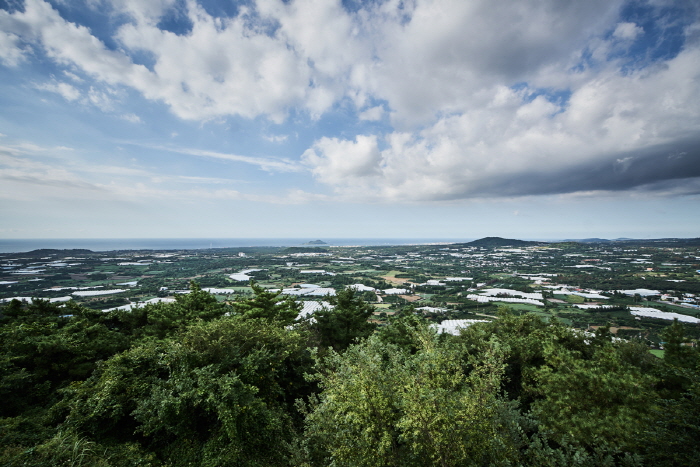
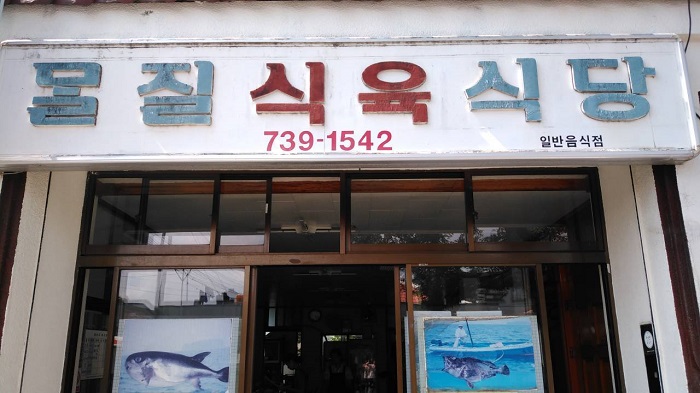
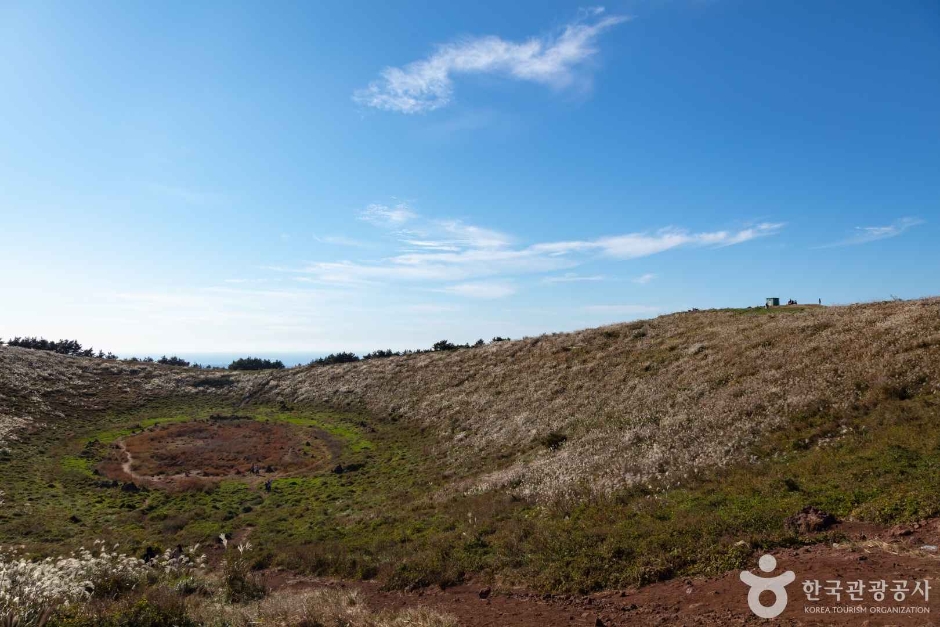
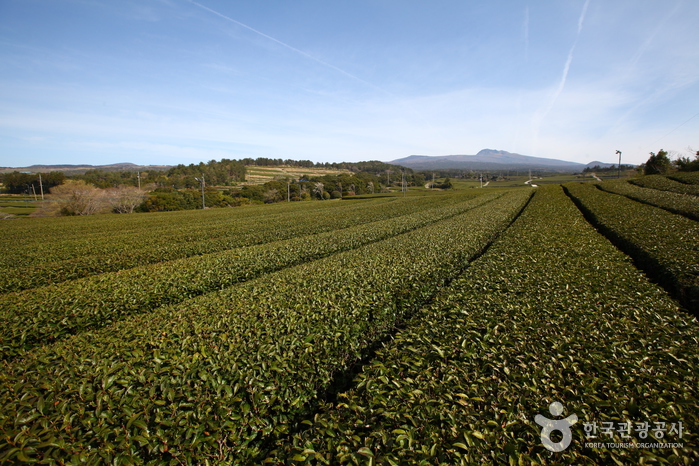
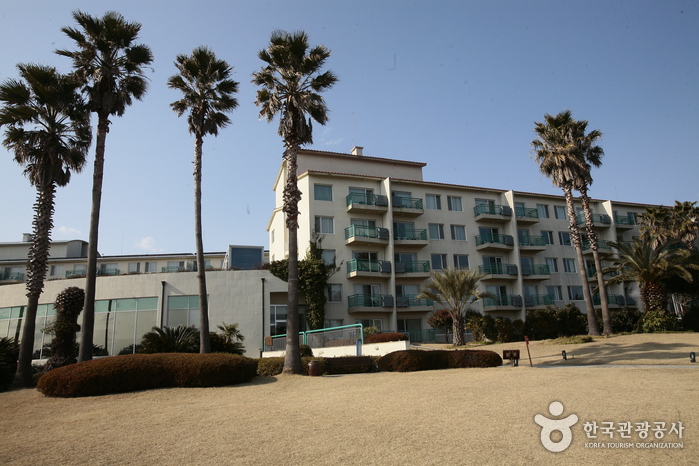
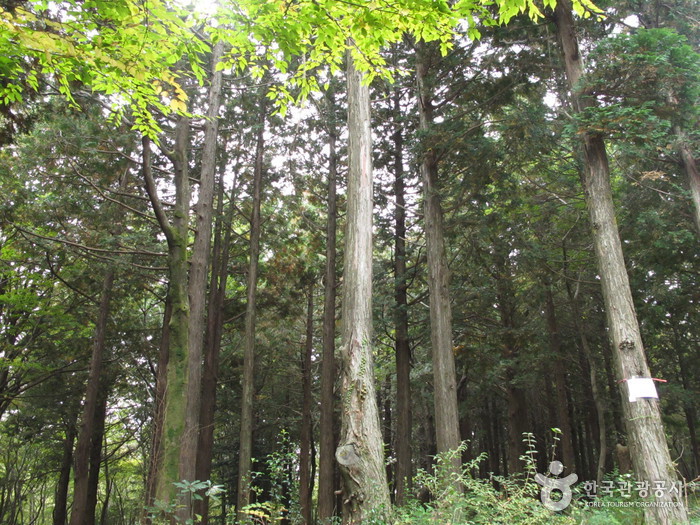
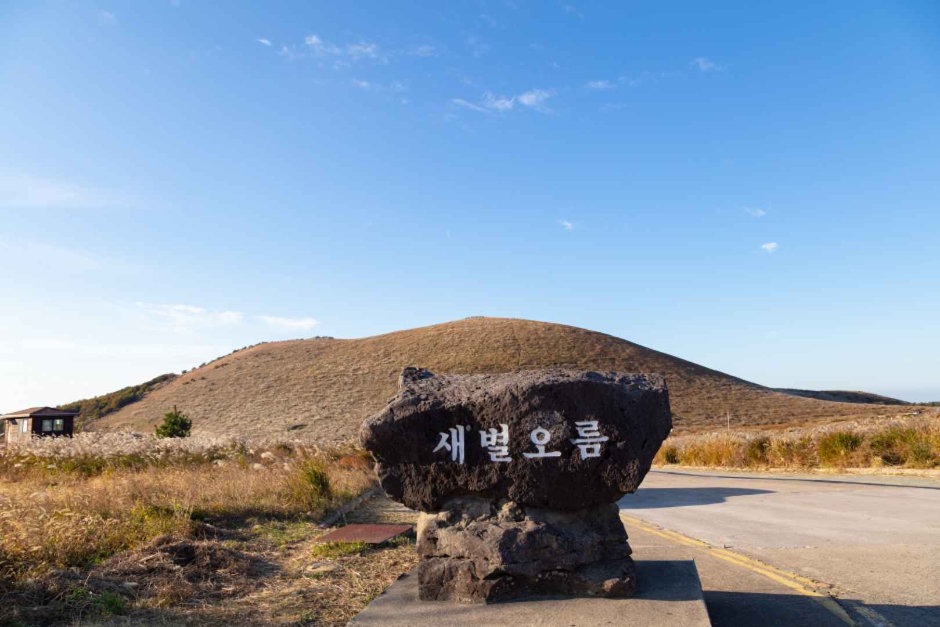
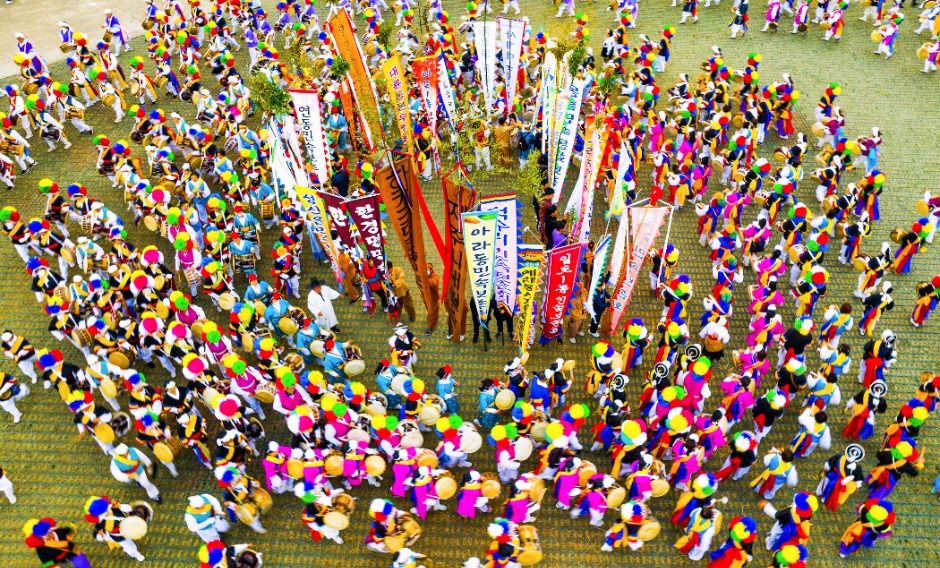
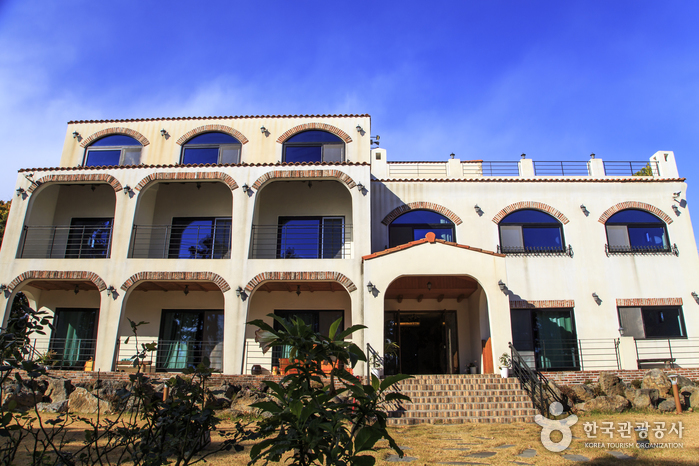
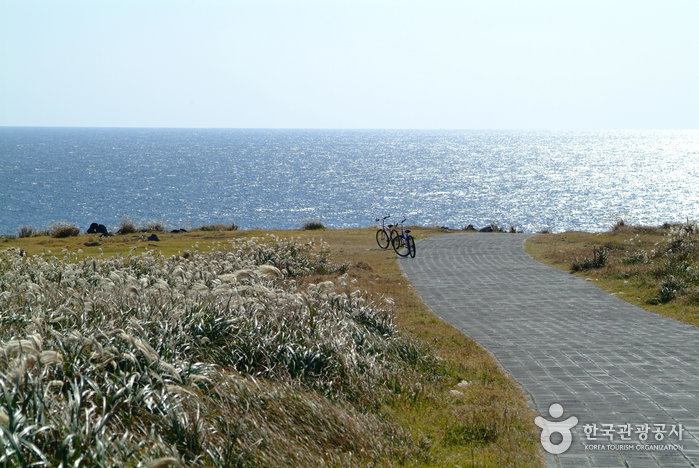
 English
English
 한국어
한국어 日本語
日本語 中文(简体)
中文(简体) Deutsch
Deutsch Français
Français Español
Español Русский
Русский